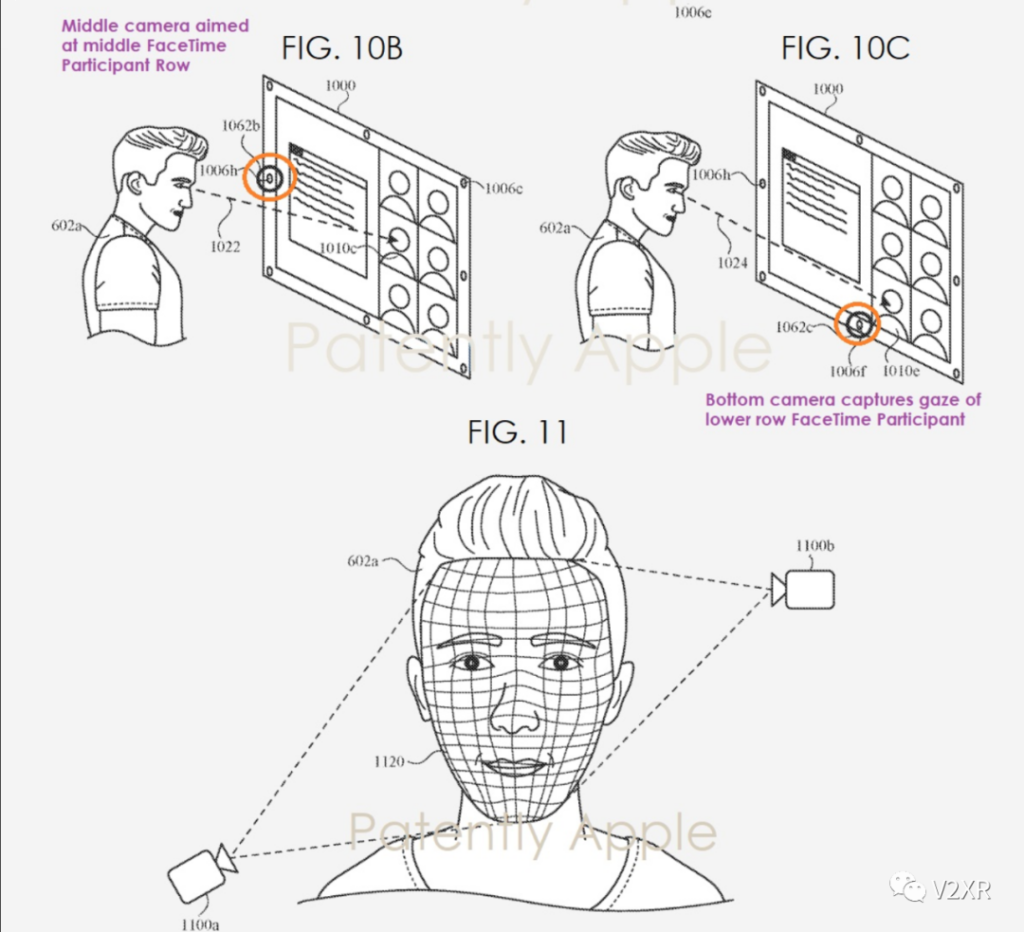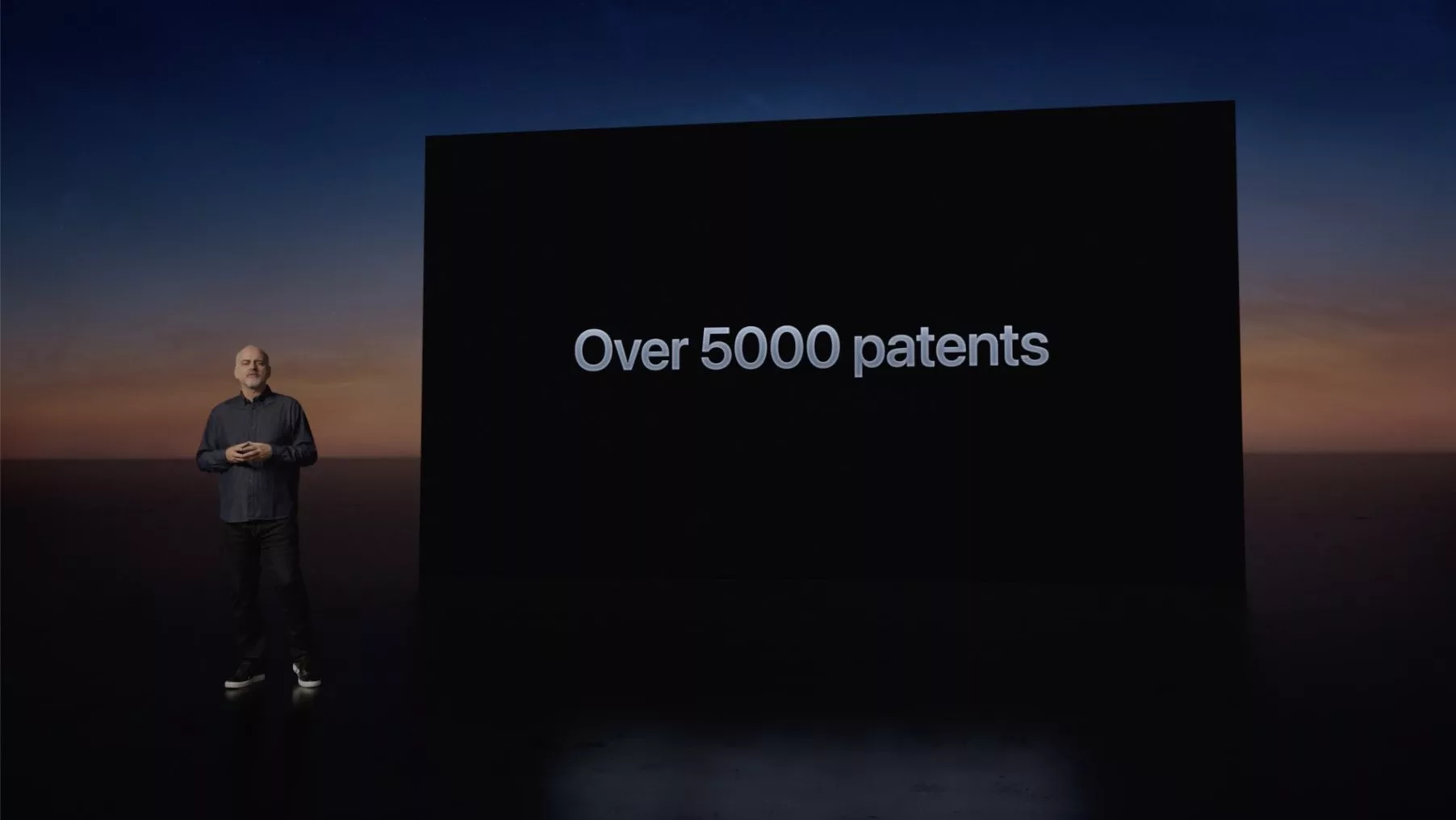Apple’s strategic foray into Extended Reality (XR) is underpinned by an impressive repertoire of more than 1000 patents tracked. This arsenal of intellectual property underscores Apple’s keen dedication to addressing key user challenges in the XR sphere, focusing on comfort, visual fidelity, and interaction efficiency.
Apple’s patent applications are not merely about flaunting tech prowess or misleading competitors. Instead, they reflect Apple’s deep understanding of user scenarios and pain points, particularly in the XR realm. With issues like comfort, visual clarity, and interaction ease inherent to head-mounted devices, Apple’s patents underscore a thoughtful approach and continuous innovation in addressing these core challenges.
Apple has sought numerous patents relating to ergonomic design for head-mounted displays, ensuring a comfortable fit through optimal weight distribution and headband structure. In the visual system domain, Apple is exploring a plethora of waveguide technologies to reduce the optical system’s size and enhance image quality and realism through hardware-software optimization. Furthermore, the tech giant is making strides towards making hand interactions more intuitive through gesture recognition and voice interaction, delivering a seamless, immersive user experience.
Apple’s XR-related patent analysis reveals interesting insights. The patents, tracked through patentlyapple.com, fall into eight categories. The key technical areas Apple is focusing on include:
- Security and Privacy: Biometrics (fingerprint, facial, iris) are being used to unlock XR devices, improving comfort during prolonged use and offering seamless multi-device biometric recognition.
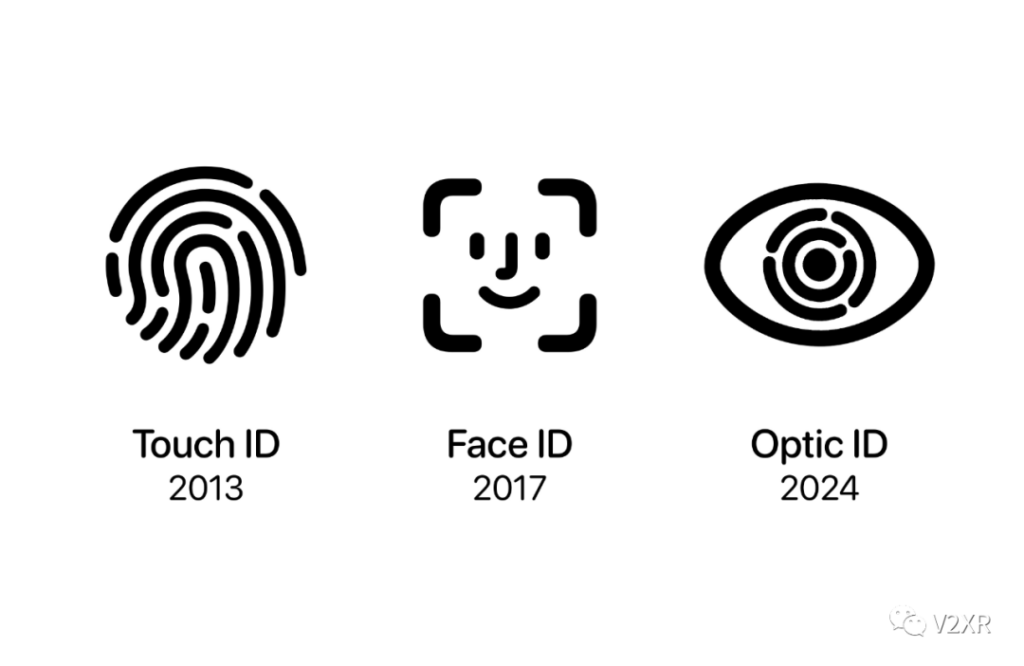
- Input and Control: Perception tracking (eye movement, gesture/finger recognition) enables comprehensive, accurate understanding of eye attention and hand movement intentions, facilitating instant responses for a superior XR interaction experience.
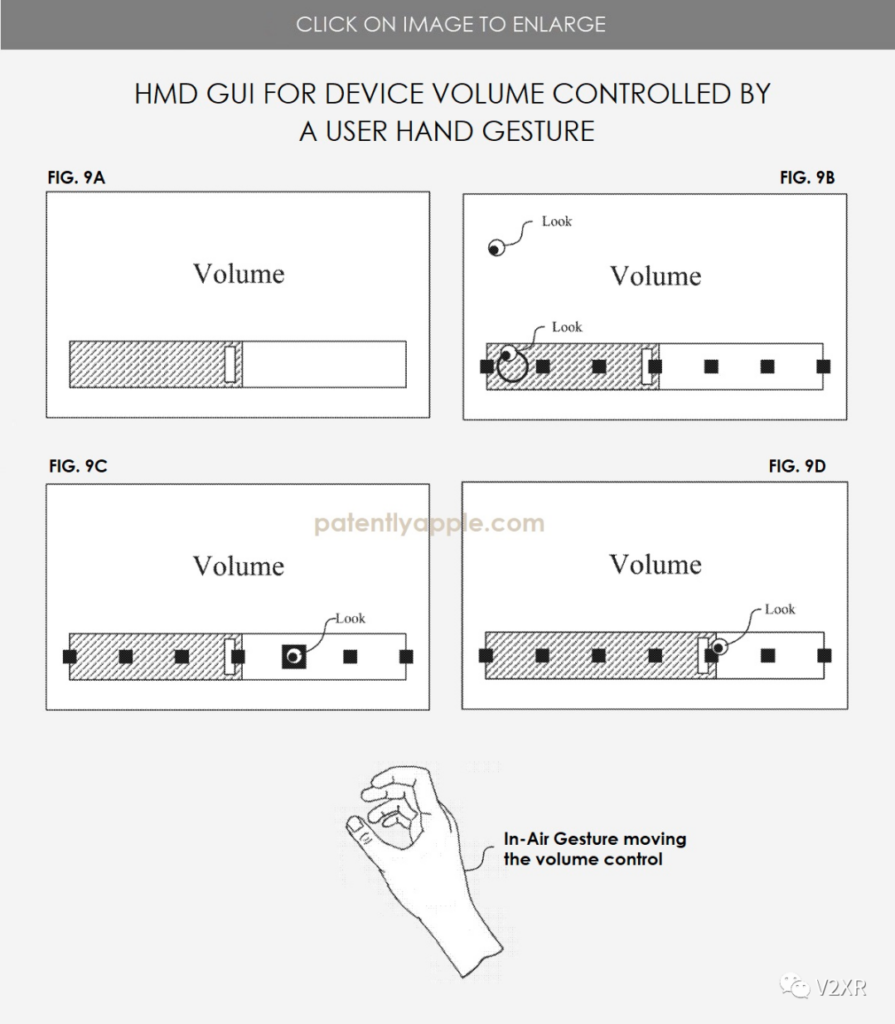
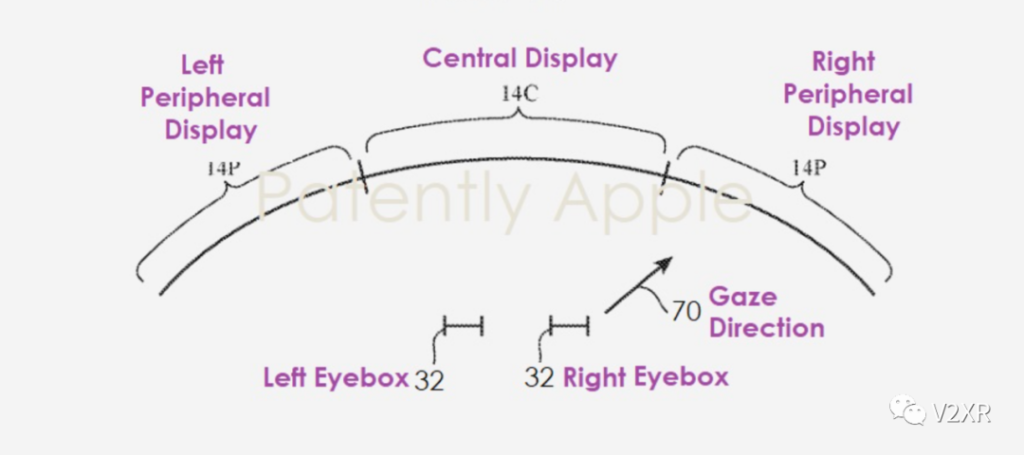
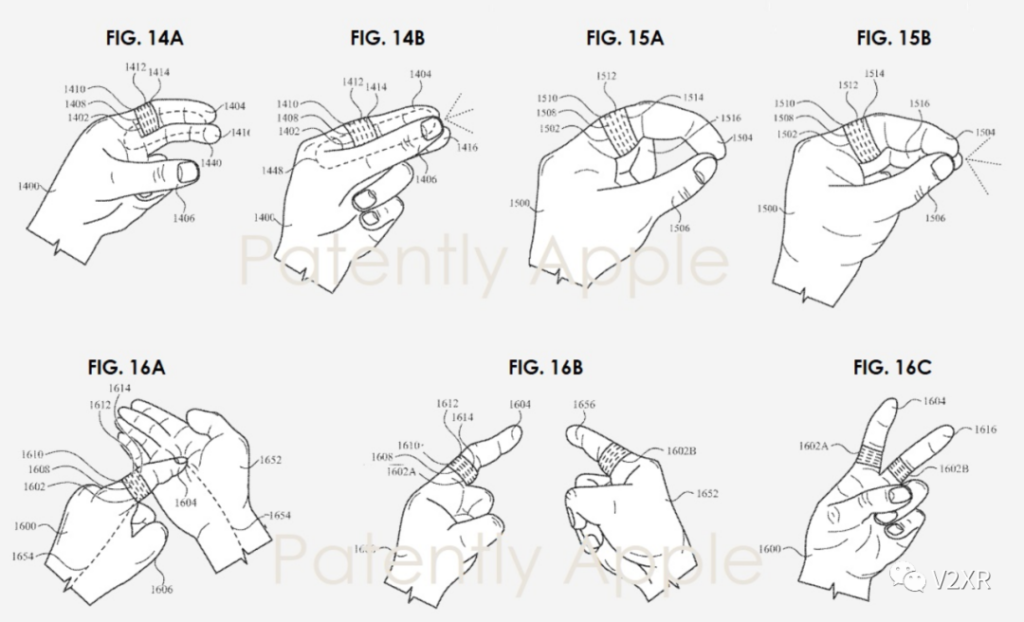
- Smart Wearables: Apple’s XR devices, using biometric recognition and image recognition of eyeballs and gestures, lack tactile feedback, an essential human-reality link. However, many patents relate to smart glove and smart ring designs, providing tactile feedback along with efficient and precise control interactions.
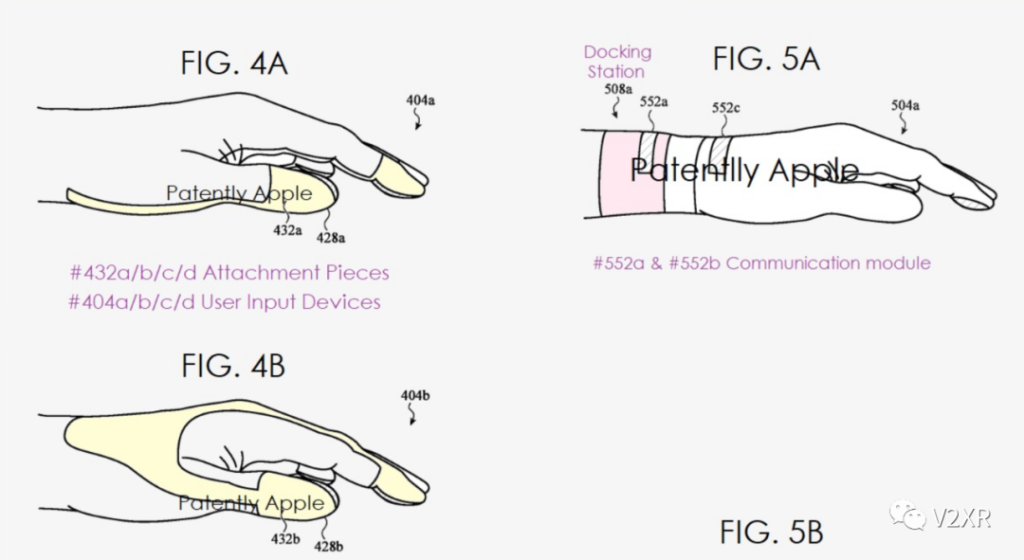
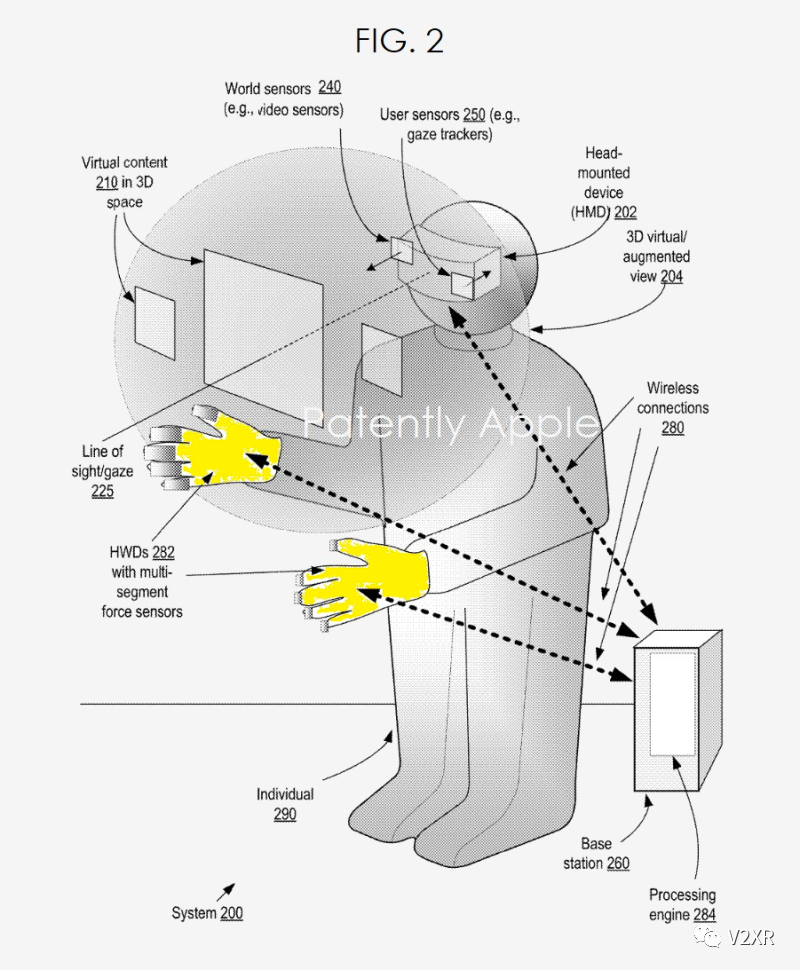
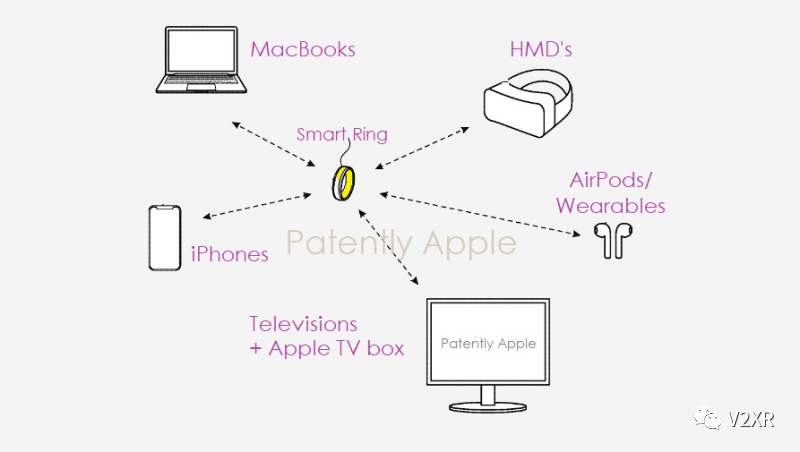
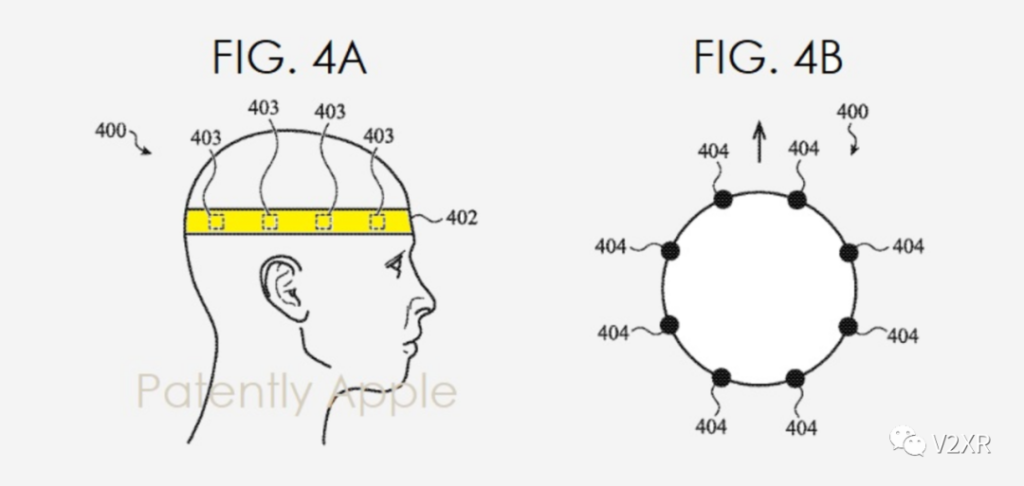
The user pain points and scenarios Apple is trying to solve with XR include:
- Entertainment: Provide a more immersive audio-visual and gaming experience.
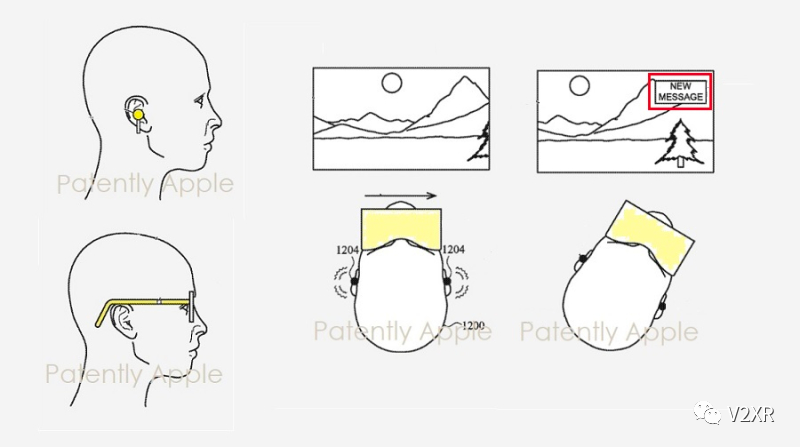
- Transportation Navigation: Overlay navigation information on vehicle displays using AR technology for more intuitive directions.
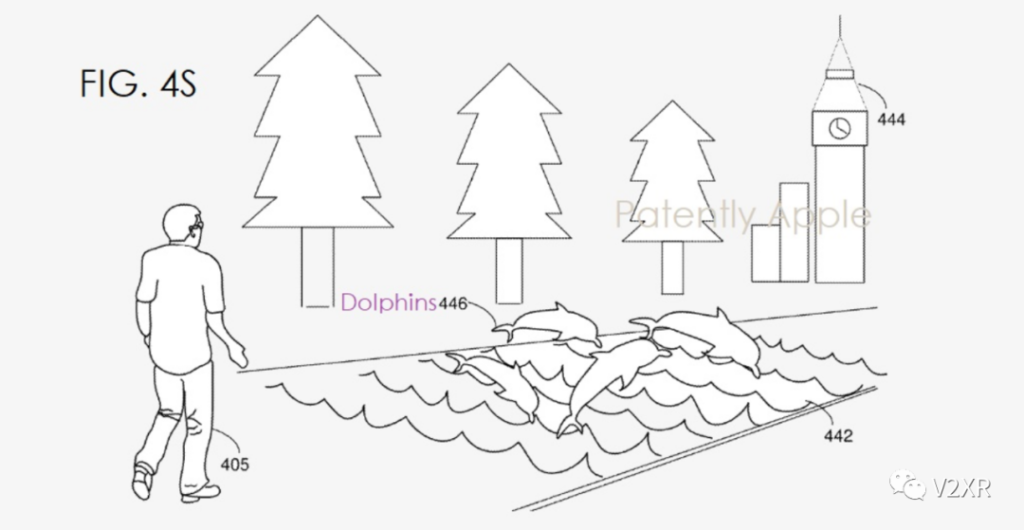
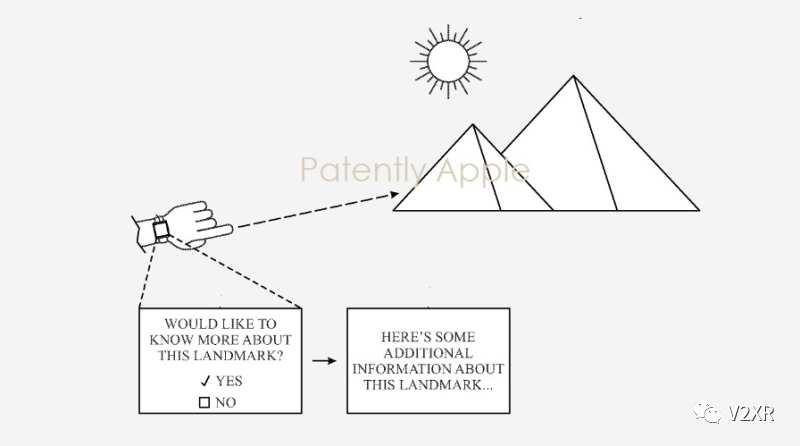
- Shopping: Overlay virtual product information in real environments for a better shopping experience.
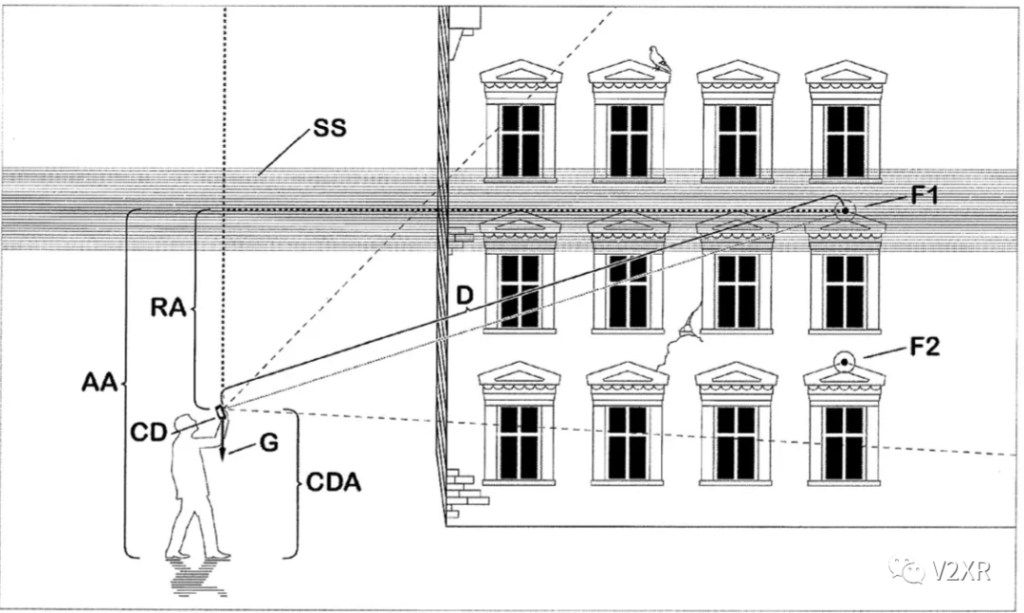
- Remote Collaboration: Using mixed reality for multi-person collaboration, like virtual meetings and joint examination of 3D models to enhance remote work efficiency.
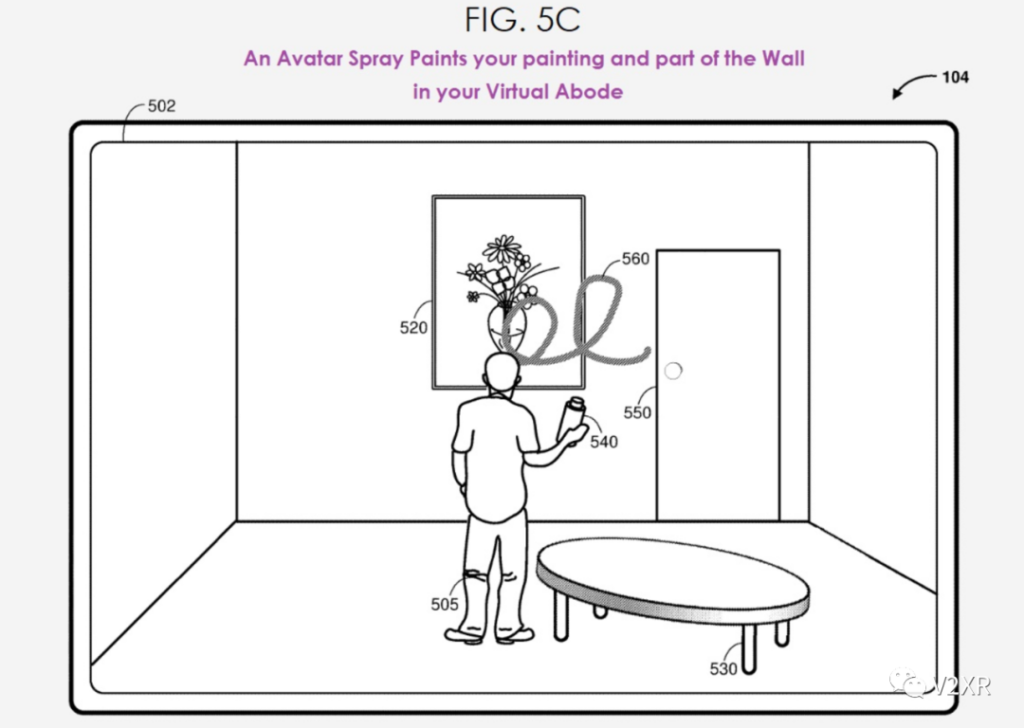
- Education: Create immersive teaching environments and scenario simulations with virtual reality to improve teaching quality.
